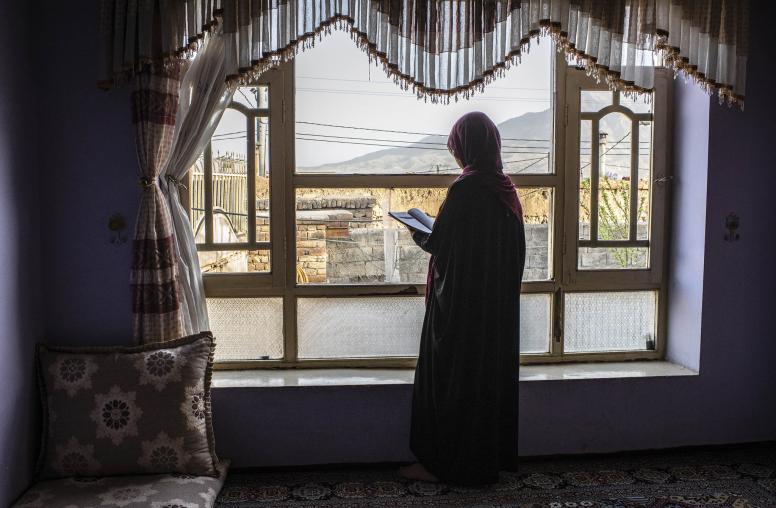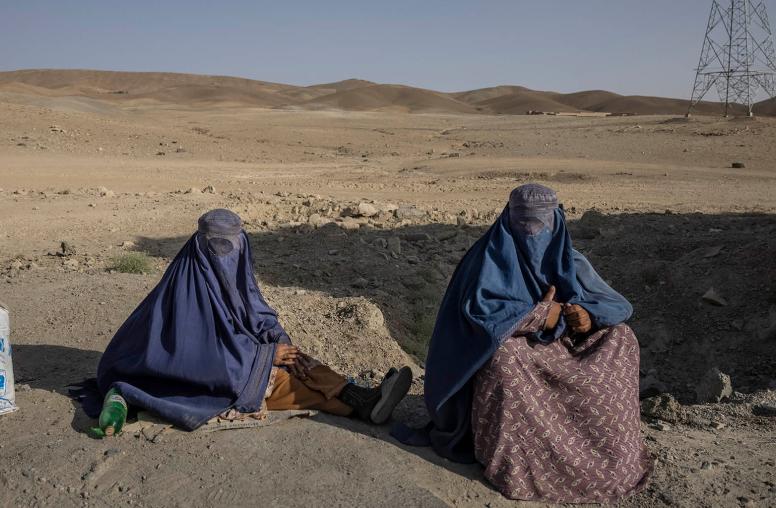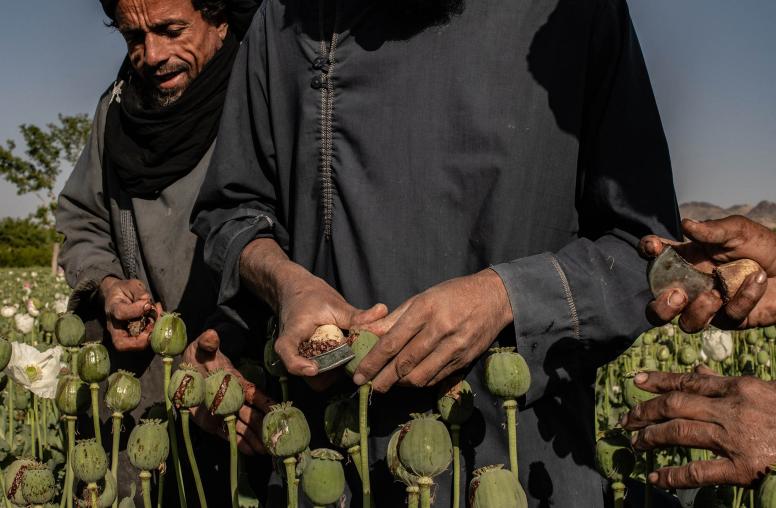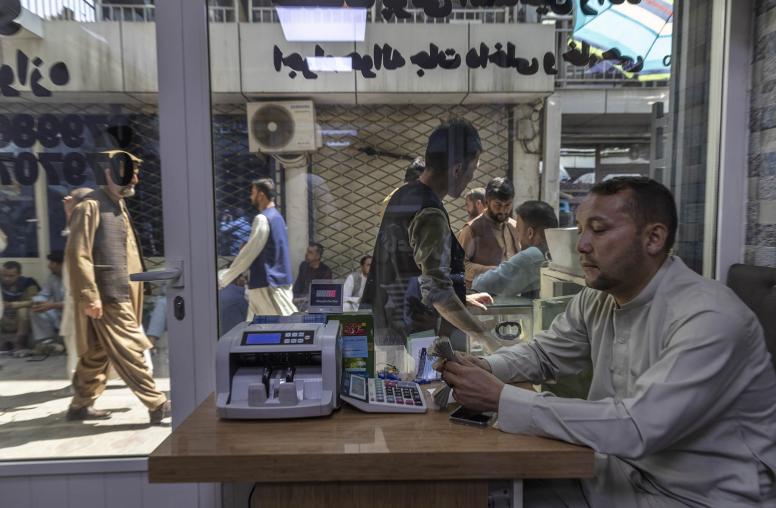Youth Mobilization and Political Constraints in Afghanistan
The Y Factor
As Afghanistan’s youth population grows, so do youth aspirations for political reform and access to economic resources. Yet old-guard leadership marginalizes new groups and challenges to the status quo. This study of youth in two districts and at Kabul University finds that increased political activism by youth is not translating to more effectiveness in reforming the patronage networks that dominate the Afghan political system. Youth organizations that appear apolitical, such as sports clubs, may be the forums where youth mobilize more effectively.
Summary
- As Afghanistan prepares for presidential elections in 2014, many young people are vocal about how the system appears to limit their meaningful participation in politics.
- Historically, young people in Afghanistan have challenged the status quo. However, it is possible to detect a declining trend from the early twentieth century to the present in the extent to which these challenges have been able to effect change in the political system. This trend has continued despite the technology and social media available to youth today, as the older generation of political leaders continues to monopolize the available political space and act as gatekeepers to that space.
- Politically active youth have formed new political entities, ranging from new parties to more informal gatherings where politics, culture, or other issues are discussed. Most of those involved in these activities report great difficulty in mobilizing effectively without the support of older, ethnically based parties that are dominated by the political old guard. In several cases, especially where new groups have demonstrated a visible capacity for organized action, established leaders have actively suppressed these groups.
- Despite the political difficulties, in more rural areas, young men have been able to take advantage of the tensions between older leaders to secure political and economic resources for themselves.
- In the election, youth may be inclined to vote across traditional ethnic and party lines to support candidates who represent their aspirations, regardless of ethnicity. Further, they may be able to translate their potential to vote as a bloc of young people into political resources and economic opportunities, if not real political reform.
- Simultaneously, however, the current barriers to meaningful political participation and the systematic marginalization of new voices will continue to alienate and potentially radicalize Afghan youth if real political changes are not made.
About the Report
Youth and young political leaders are reshaping Afghan politics, even as they and ostensibly Western-style civil society groups operate in a political system dominated by commanders and other power brokers from an earlier generation. Drawing on over a hundred interviews, this report examines the potential space for youth in Afghanistan’s political landscape, highlighting some of the major issues confronting young people that are likely to be common in other parts of Afghanistan. The work builds on several initiatives by the United States Institute of Peace and will be complemented by a broader, national-level study.
About the Author
Anna Larson is a researcher affiliated with the Post-War Reconstruction and Development Unit, University of York, United Kingdom. Noah Coburn is a political anthropologist at Bennington College. Their book Derailing Democracy in Afghanistan from Columbia University Press explores the ways in which internationally sponsored elections in Afghanistan have eroded democratic processes.



